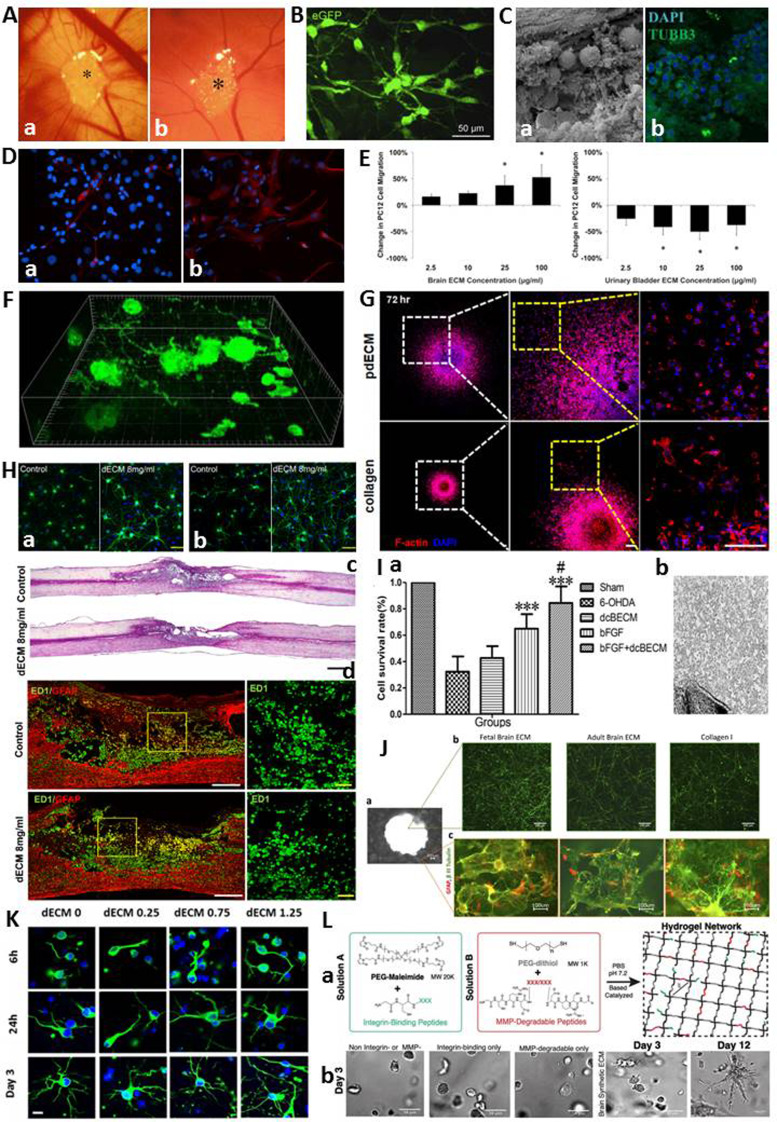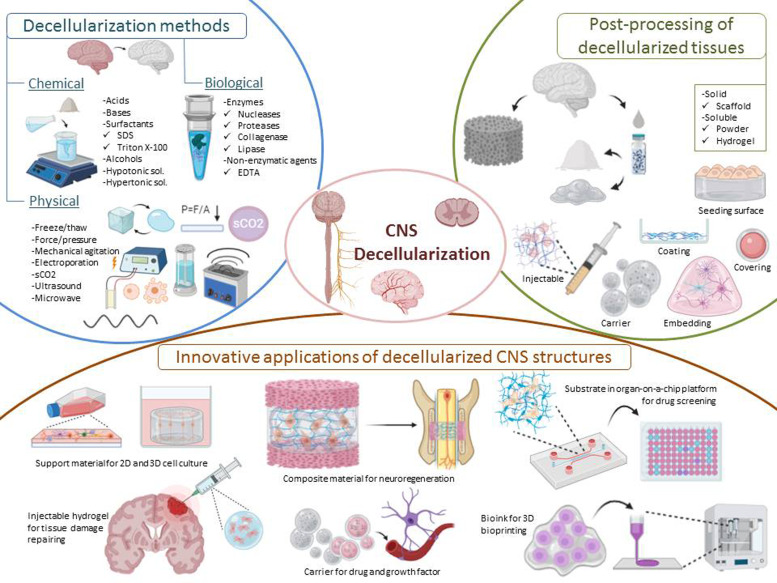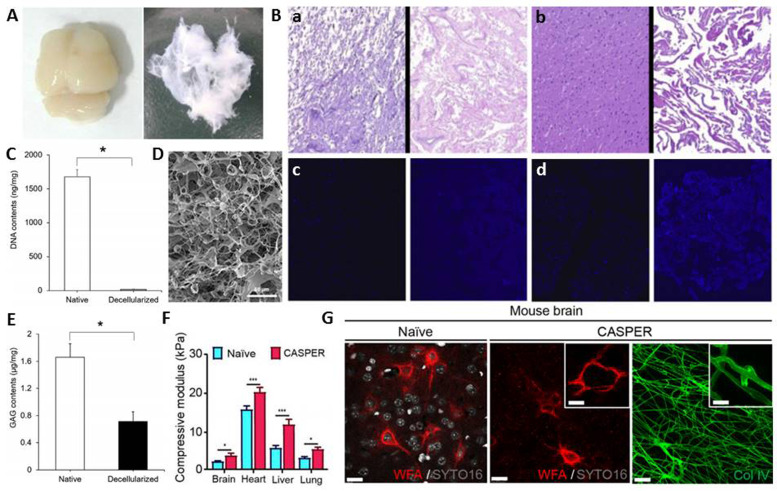用于中枢神经系统修复和再生的脱细胞细胞外基质生物材料。
IF 4.5
2区 医学
Q1 BIOCHEMISTRY & MOLECULAR BIOLOGY
引用次数: 10
摘要
中枢神经系统(CNS),由大脑和脊髓组成,调节思想和器官的功能。中枢神经系统疾病导致相应部位的神经功能改变并导致长期残疾,是世界范围内具有重大临床和经济负担的主要公共卫生问题之一。特别是,在各种疾病条件下,细胞外基质的异常变化已被证明是改变正常细胞功能和降低受损组织神经再生潜力的主要因素之一。基于脱细胞细胞外基质(dECM)的生物材料最近被用于中枢神经系统应用,密切模仿天然组织。dECM保留了组织特异性成分,包括蛋白聚糖以及结构和功能蛋白。由于其独特的成分,这些生物材料可以刺激与中枢神经系统损伤相关的敏感修复机制。在此,我们讨论了脑和脊髓的脱细胞化以及脱细胞基质的再细胞化,以及脑和脊髓dECM利用的最新进展。本文章由计算机程序翻译,如有差异,请以英文原文为准。



Decellularised extracellular matrix-based biomaterials for repair and regeneration of central nervous system.
Abstract The central nervous system (CNS), consisting of the brain and spinal cord, regulates the mind and functions of the organs. CNS diseases, leading to changes in neurological functions in corresponding sites and causing long-term disability, represent one of the major public health issues with significant clinical and economic burdens worldwide. In particular, the abnormal changes in the extracellular matrix under various disease conditions have been demonstrated as one of the main factors that can alter normal cell function and reduce the neuroregeneration potential in damaged tissue. Decellularised extracellular matrix (dECM)-based biomaterials have been recently utilised for CNS applications, closely mimicking the native tissue. dECM retains tissue-specific components, including proteoglycan as well as structural and functional proteins. Due to their unique composition, these biomaterials can stimulate sensitive repair mechanisms associated with CNS damages. Herein, we discuss the decellularisation of the brain and spinal cord as well as recellularisation of acellular matrix and the recent progress in the utilisation of brain and spinal cord dECM.
求助全文
通过发布文献求助,成功后即可免费获取论文全文。
去求助
来源期刊

Expert Reviews in Molecular Medicine
BIOCHEMISTRY & MOLECULAR BIOLOGY-MEDICINE, RESEARCH & EXPERIMENTAL
CiteScore
7.40
自引率
1.60%
发文量
45
期刊介绍:
Expert Reviews in Molecular Medicine is an innovative online journal featuring authoritative and timely Reviews covering gene therapy, immunotherapeutics, drug design, vaccines, genetic testing, pathogenesis, microbiology, genomics, molecular epidemiology and diagnostic techniques. We especially welcome reviews on translational aspects of molecular medicine, particularly those related to the application of new understanding of the molecular basis of disease to experimental medicine and clinical practice.
 求助内容:
求助内容: 应助结果提醒方式:
应助结果提醒方式:


